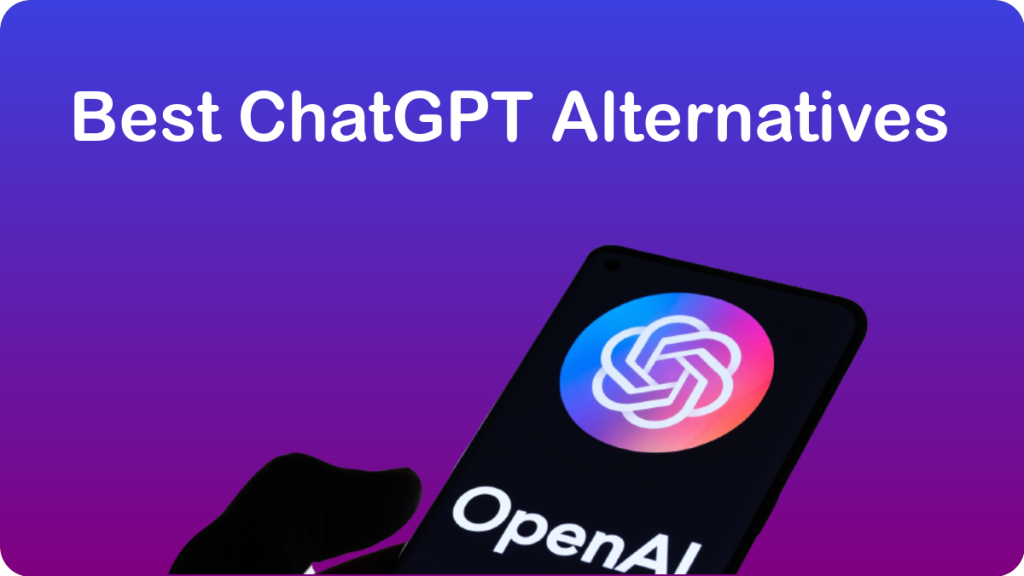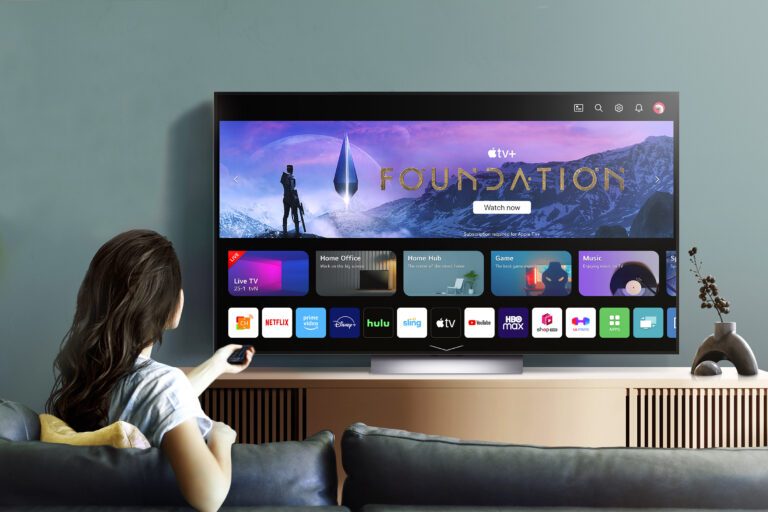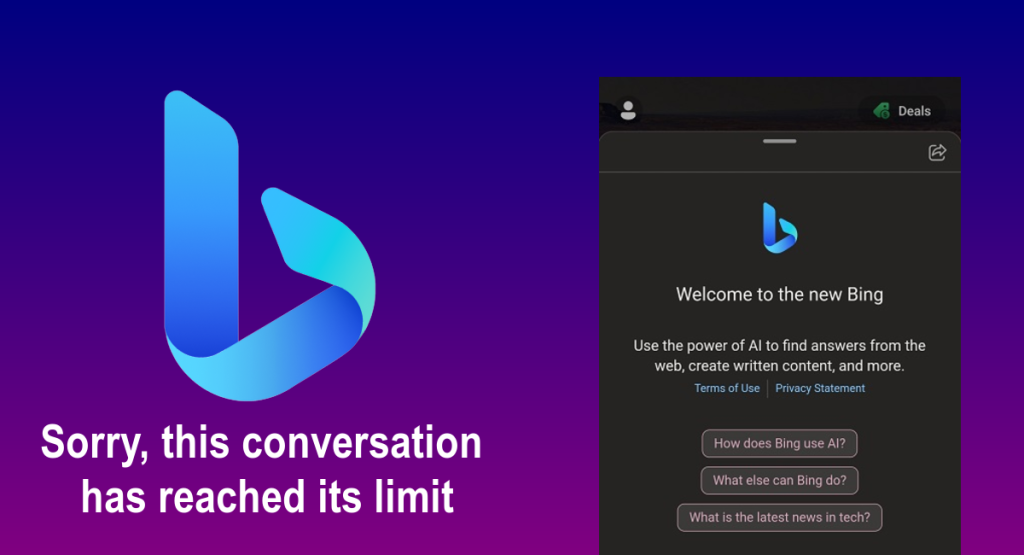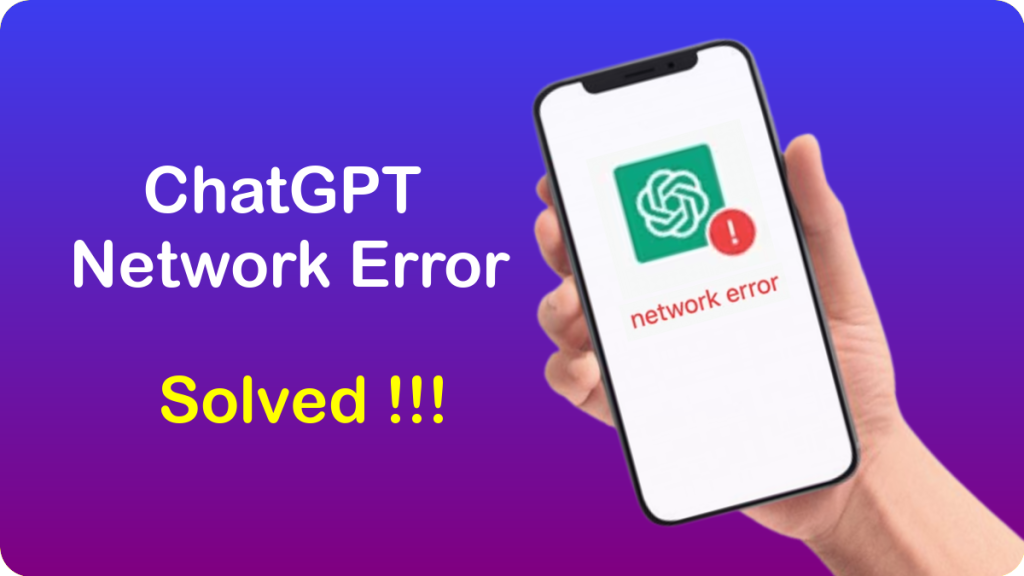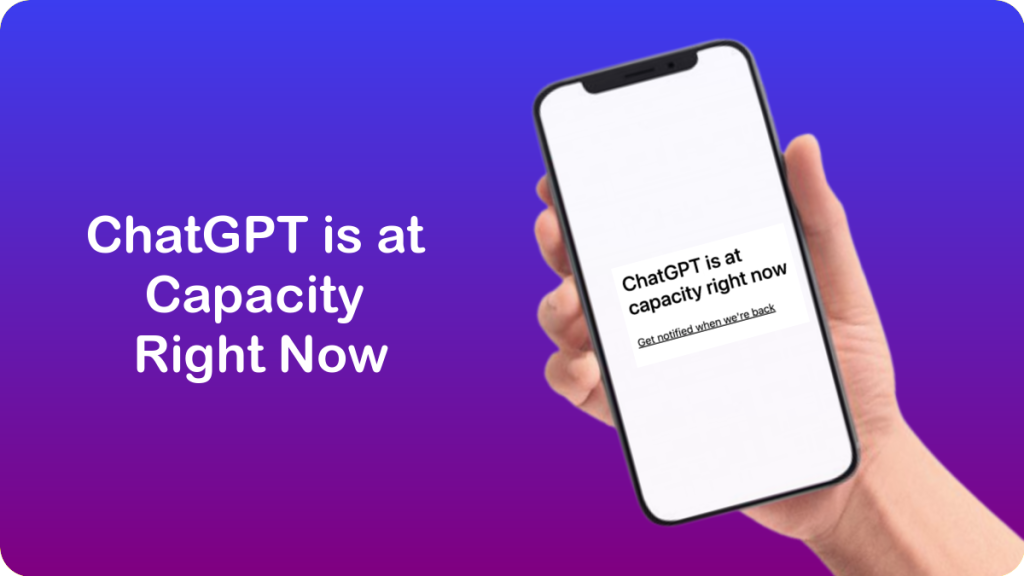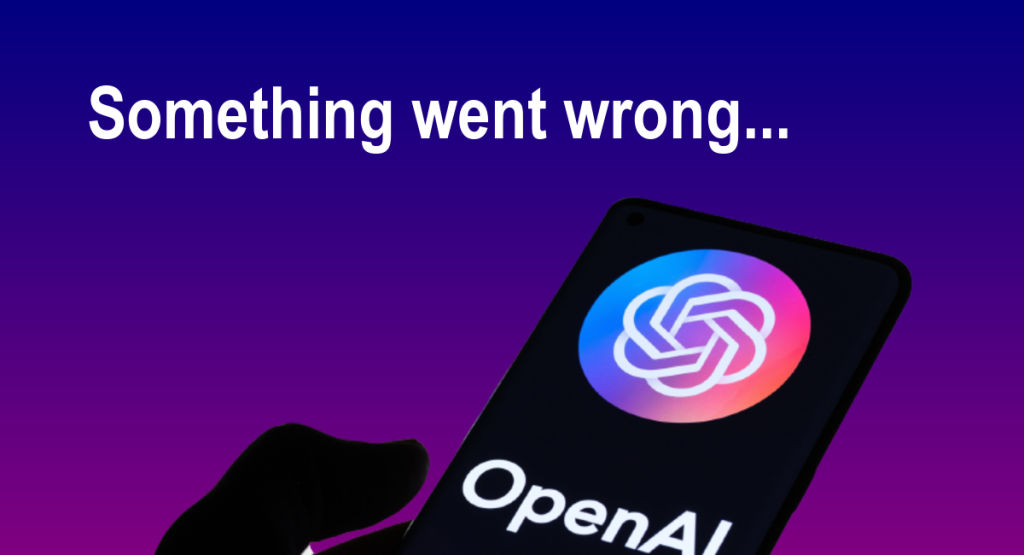Artificial intelligence has revolutionized the way we interact with technology and the internet. One of the most remarkable developments in AI is the creation of chatbots capable of conducting human-like conversations. Among the most popular chatbots is Google Bard vs ChatGPT.
About AI ChatBots
Generative chatbots are artificial intelligence systems that can produce natural language responses to user inputs.
They have many potential applications, such as customer service, education, entertainment, and personal assistance.
However, creating a chatbot that can handle any topic and provide accurate, relevant, and engaging answers is a challenging task.
Two of the most advanced generative chatbots available today are Google Bard AI and ChatGPT AI. Both are powered by large language models that can generate text based on billions of words from the web.
However, they also have some key differences in their design, capabilities, and limitations.
In this post, we will compare these two chatbots and highlight their strengths and weaknesses.
What is Google Bard AI?

Google Bard AI is a chatbot service that was launched by Google in March 2023. It is based on Google’s LaMDA (Language Model for Dialogue Applications) technology, which is similar to ChatGPT’s GPT-3.5 technology. However, Google claims that Bard has some advantages over ChatGPT, such as:
- Understanding images as well as text. It can describe what it sees in an image and explain why it is funny or interesting.
- Bard can draw on information from the web to provide fresh and high-quality responses. It can also reference its sources when making factual statements.
- It can be more creative and concise than ChatGPT. It can generate poems, stories, summaries, jokes, and other types of content with fewer words.
Some examples of what Google Bard AI can do are:
- Explain complex topics in simple terms
- Generate code for a website based on a sketch
- Write a song parody based on a given topic
- Tell a story based on a prompt
- Make recommendations for products or services
However, Google Bard AI also has some limitations:
- Bard sometimes makes mistakes or gives nonsensical answers. It may not always check the accuracy or relevance of its sources or its own generated text.
- It is sensitive to slight changes in the input phrasing or context. It may give different answers to the same question depending on how it is asked or what was said before.
- Bard is often verbose and repetitive. It may overuse certain phrases or restate information that was already given.
What is ChatGPT AI?

ChatGPT AI is a chatbot service that was launched by OpenAI in November 2022. It is built on top of OpenAI’s GPT-3 family of large language models and has been fine-tuned using both supervised and reinforcement learning techniques.
ChatGPT claims to have some advantages over Google Bard AI such as:
- ChatGPT can handle more diverse topics and domains than Bard. It can converse about anything from sports to politics to philosophy.
- ChatGPT can answer follow-up questions better than Bard. It can admit its mistakes, challenge incorrect premises, and reject inappropriate requests.
- It can be more interactive and engaging than Bard. It can ask questions back, express emotions, and use humor.
Some examples of what ChatGPT AI can do are:
- Debug code
- Plan travel itineraries
- Write high school essays
- Generate computer games
- Teach languages
However, ChatGPT AI also has some limitations:
ChatGPT sometimes writes plausible-sounding but incorrect or nonsensical answers. It may not always verify the truthfulness or consistency of its sources or its own generated text.
It is sensitive to tweaks to the input phrasing or attempting the same prompt multiple times. ChatGPT may give different answers to the same question depending on how it is asked or what was said before.
ChatGPT is often excessively verbose and overuses certain phrases, such as restating that it’s a language model trained by OpenAI.
These issues arise from biases in the training data (trainers prefer longer answers that look more comprehensive) and well-known overoptimization issues.
Google Bard vs ChatGPT: major differences
If Google Bard and ChatGPT have similar functions, they differ in various ways. These distinctions give each AI its distinctiveness and specificity.
Let’s explore some key differences between the two chatbots.
Development, training, and implementation
Google Bard and ChatGPT have different origins and partnerships, making them unique in their own way.
Google Bard is created and trained by Google with the LaMDA language model. It is currently being tested by developers to ensure a successful launch. A beta version is available to a select few to detect any flaws.
On the other hand, ChatGPT is developed by OpenAI since 2018 and has gained immense popularity with the Chat GPT-3.5 version.
OpenAI has partnered with Microsoft to integrate ChatGPT into their various products such as Microsoft Edge, Bing, and Skype.
The two companies are working together to develop a more advanced GPT model that can display clickable links and provide relevant answers based on the latest sources available on the Internet, much like Google Bard.
The chatbot development language
Bard is primarily designed for direct integration into the Google search engine, while ChatGPT-3.5 is intended for a wider range of applications, including automated content generation and translation services.
Additionally, Bard is still in the testing phase for developers, while Chat GPT-3.5 is available for general use.
Despite their differences, both AI models share the common goal of providing users with relevant and up-to-date information, as well as improving the overall search experience on the internet.
Sizes and capabilities of both AIs
ChatGPT has been available in multiple versions (1, 2, and 3) with various databases since 2018. The latest version has 175 billion parameters and is currently the most powerful conversational agent available.
However, it cannot provide answers related to recent news as it has only been trained on sources available on the internet until 2021. OpenAI plans to launch GPT-4, a more powerful version soon, to overcome this limitation. The tool also has a plagiarism checker, AI Text Classifier, to provide unique content.
In comparison, Google Bard is based on LaMDA and has over 137 billion pre-trained parameters in its database. These are trained on a dataset of 1,560 billion public dialogues and web documents.
Google employees add manual responses to satisfy user queries. Bard generates text-based answers by assembling the most recent information available on the internet. However, it does not have a plagiarism checker, which may lead to duplicate content.
Google Bard AI Vs ChatGPT AI: safety and ethics
Safety and ethics are important aspects to consider when using generative chatbots like Google Bard AI and ChatGPT AI. These chatbots can provide useful information and services to users, but they can also pose risks and challenges that need to be addressed.
Some of the safety and ethical issues that these chatbots face are:
Accuracy and reliability
Both chatbots can sometimes make mistakes or give nonsensical answers. They may not always check the accuracy or relevance of their sources or their own generated text.
This can lead to misinformation, confusion, or harm for users who rely on their answers. Therefore, these chatbots need further evaluation and improvement to ensure their outputs are accurate, reliable, and grounded in real-world information.
Privacy and security
Both chatbots use large amounts of data from the web to generate their responses. This data may include sensitive or personal information that needs to be protected from unauthorized access and misuse.
Therefore, these chatbots must comply with regulations and standards that protect the privacy and security of users and data providers.
They also need to be transparent in collecting and using data, ensuring that users understand how their data is being used.
Ethics and fairness
Both chatbots may reflect biases or prejudices that exist in their training data or algorithms. They may also generate responses that are unethical, inappropriate, or harmful to certain users or groups.
Therefore, these chatbots must adhere to ethical principles and guidelines that ensure respect for human dignity, diversity, and rights. They also need to be accountable for their actions and outcomes.
Both Google Bard AI and ChatGPT AI have some mechanisms in place to address some of these issues. For example,
Google Bard AI references its sources when making factual statements, and ChatGPT AI admits its mistakes, challenges incorrect premises, and rejects inappropriate requests.
However, these mechanisms are not sufficient and more work needs to be done to ensure the safety and ethics of these chatbots.
Google Bard AI Vs ChatGPT AI: biases and prejudices
Here are some possible examples of the biases or prejudices that these chatbots may reflect:
Gender bias
These chatbots may use gendered language or stereotypes that reinforce gender inequality or discrimination. For example, they may associate certain professions or roles with a specific gender, or use different tones or words when addressing men and women.
Racial bias
These chatbots may use racialized language or stereotypes that reinforce racial inequality or discrimination. For example, they may associate certain traits or behaviors with a specific race, or use different terms or expressions when addressing people of different races.
Cultural bias
These chatbots may use cultural assumptions or preferences that reinforce cultural inequality or discrimination. For example, they may favor certain values, norms, beliefs, or practices over others, or use different references or examples when addressing people of different cultures.
Conclusion
Both Google Bard AI and ChatGPT AI are impressive examples of generative chatbots that use large language models to produce natural language responses.
They have some similarities in their design, capabilities, and limitations, but they also have some key differences that make them suitable for different use cases, preferences, and expectations.
While neither chatbot is perfect, they both demonstrate how far generative AI has come and how much potential it has for future applications.

